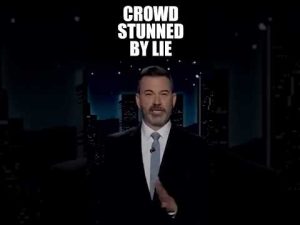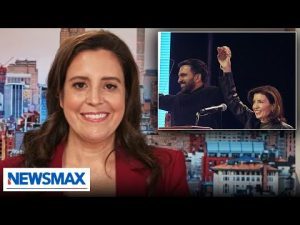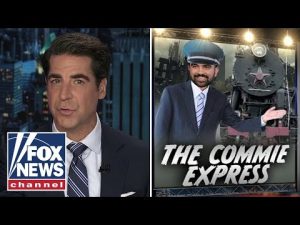Dave Rubin did what real journalists used to do: he put a politician on the spot and let the questions do the heavy lifting. In a DM clip Rubin shared, Zohran Mamdani fumbled when pressed on the simplest question of all — how to actually pay for his headline-grabbing promise of free buses — and the stumble told the whole story.
Mamdani’s platform calls for permanently eliminating bus fares across New York City, building on a pilot that briefly made several routes fare-free and produced higher ridership and some safety statistics supporters tout. He and his allies have repeatedly cited an estimated price tag in the ballpark of roughly six to eight hundred million dollars a year to make this permanent.
When a candidate can’t explain funding for a multi–hundred-million-dollar giveaway on camera, voters ought to sit up and pay attention. Rubin’s clip shows the flaw conservatives have warned about for years: lofty promises without a credible revenue plan are not vision, they’re political theater.
Beyond campaign theater, the governance reality is ugly. The MTA is a state-controlled authority and bus revenue dynamics are shifting, with independent analyses warning that the nominal cost estimates don’t capture the deeper fiscal adjustments, service expansions, or potential revenue shortfalls that a citywide giveaway would trigger. That’s why the math matters and why a mayor who waves a slogan about “free” transit is not doing the bookkeeping for New Yorkers.
Proponents point to places like Kansas City as proof that fare-free transit can work, but the practical lessons are sobering. Kansas City’s experiment required significant alternate funding and now faces rollbacks and hard choices about routes and service levels once the temporary financing strains the system; other jurisdictions have seen rising security and operational costs when fare revenue disappears. Those aren’t partisan talking points, they are municipal budget realities.
Let’s be blunt: promising “free” services without detailing the cuts, taxes, or borrowing that will follow is a bait-and-switch on working families. When you strip away the campaign slogans, free buses mean either higher taxes, cuts to other city priorities, or a degraded transit network that can’t afford to maintain frequency and safety. New Yorkers who work hard to pay their bills deserve candidates who balance budgets, not wishful thinking.
Mamdani has floated creative funding ideas like collecting overdue landlord fines or imposing surtaxes on the wealthy, but those approaches read as political optimism rather than a sustainable fiscal plan. Radical tax hikes and one-off collections rarely produce predictable, long-term revenue and instead chase mobile capital and business departures — the last thing an already-struggling city economy needs.
Conservatives should use this moment to press a simple question on every “free stuff” promise: show the ledger. Expose the trade-offs, demand the details, and remind voters that real leadership means making choices that protect services, safety, and economic opportunity instead of selling illusions. New York deserves honest debate about priorities, not political theater that collapses under scrutiny.







